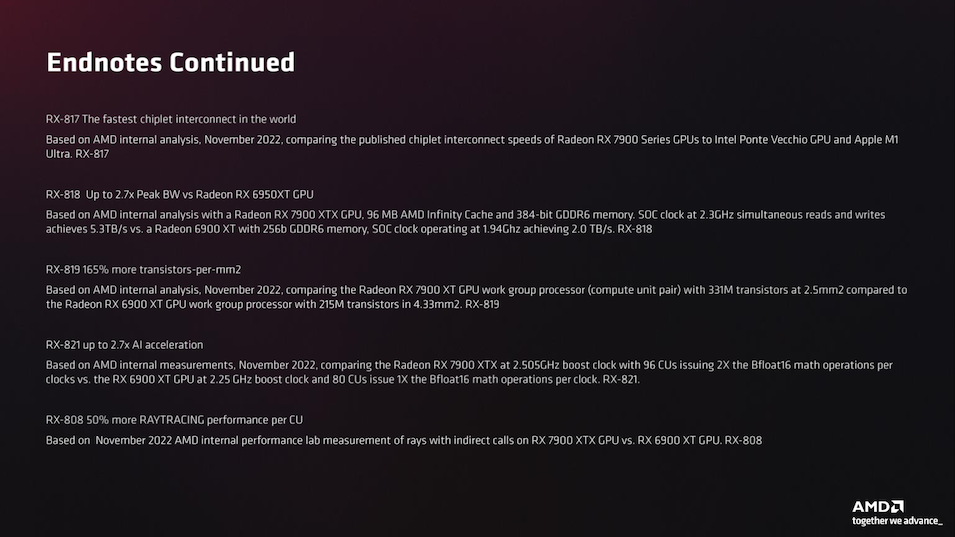Crayon
Member
Which means that the V/f curve isn't where they want it to be. They're doing an awful lot of new shit all at once. MCM, new node, completely rearchitected shader design and associated physical design, so things probably didn't go entirely as planned.
As I've said though, they are still getting spookily close to the 4090 in terms of rasterisation with a significantly smaller GPU, with lower than expected clocks. They realised its not as fast as they'd originally designed, so they've priced accordingly, which is perfectly fine.
I would hazard a guess that they will probably respin it with some optimisations like they did with RV570 back in the day, or like how Nvidia did with Fermi between the 480 and 580. And then release that for the 7950XT and XTX.
Navi 33 is next up, but its monolithic, on a node they have a lot of manufacturing experience with - so the physical design should in theory, not be too bad. And given how small and lightweight it should be, should be able to fly in terms of clockspeed.
Navi 32 is very far out at this stage, so I imagine a lot of lessons learned from N31 will be taken back into it before it tapes out and launches.
This is all just guesswork, but based on some reasonable assumptions and information that is partially out there already.
Is it a guess that n33 comes before n32 or is that a thing I missed? Because that would be great. 6600xt is a good card and I'd love to see what a 7600xt can do.





